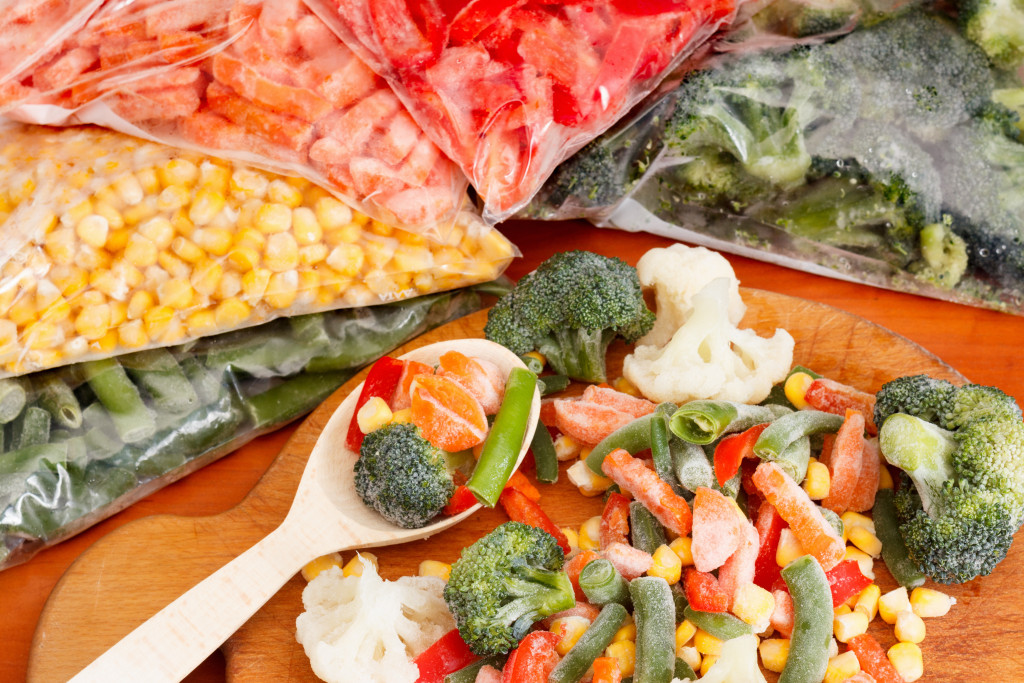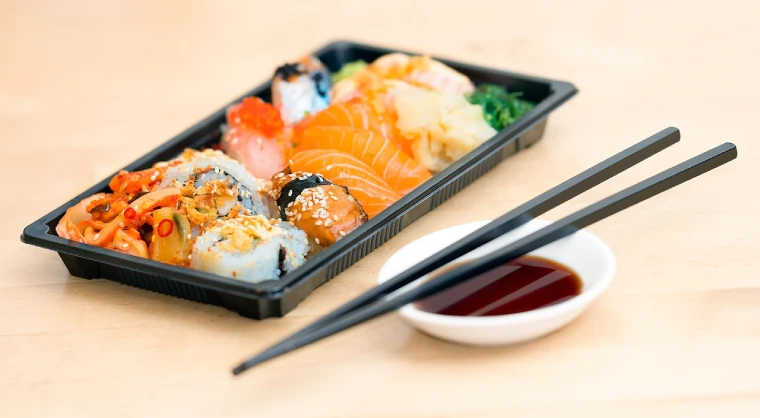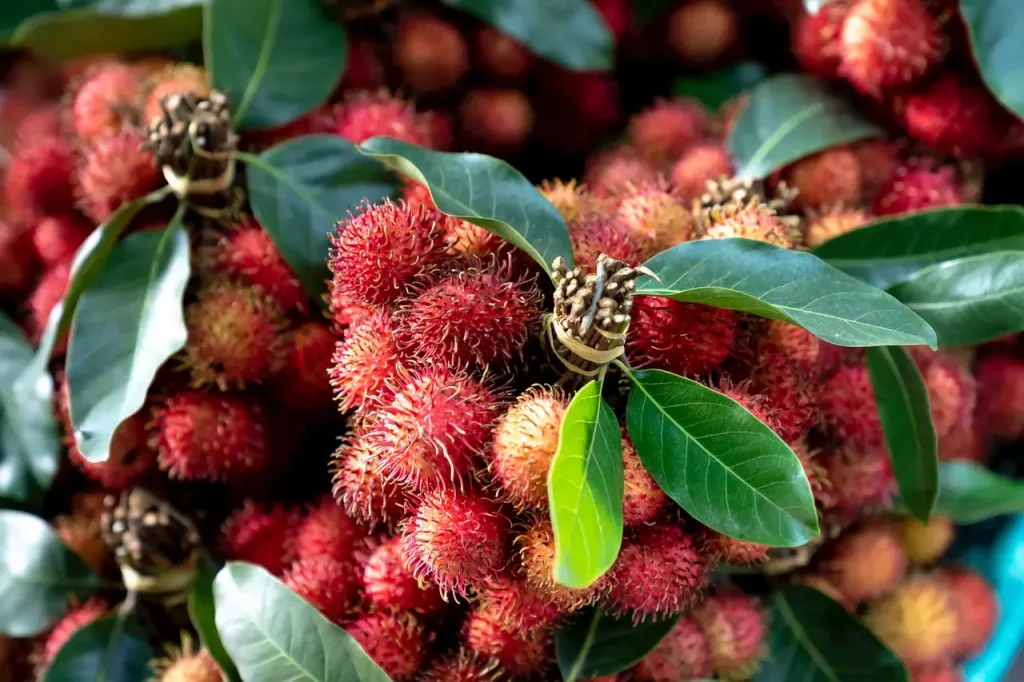The United Nations Convention on the Rights of the Child recognizes the right of children to play. While this is a recreational activity that children enjoy, it is also how they learn at every stage in life, from the moment a baby fiddles with her own fingers and toes to the time a toddler tries to make sounds by banging objects against each other, and onwards.
Educators note that children use all their senses when they play. They explore everything with excitement, discover new things, and try to understand their environment. They absorb information and try to make sense of it. This prepares the foundation for a love of learning. They are curious, enthusiastic, and persistent in their play.
Research shows that playing develops a great imagination and fosters creativity. Children at play use anything on hand to represent whatever they want it to be. With unstructured play, neural connections and pathways in the brain used in thinking are increased and strengthened.
When playing with others, whether their peers or adults, children learn to express themselves through language and emotions. Communication and social skills develop together. Along with this comes learning how to listen, negotiate, and compromise. As the child navigates all these through play, the sense of satisfaction and fulfillment increases self-esteem.
The Kitchen as a Learning Playroom for a Baby
The kitchen must not be off-limits to children as long as they are always supervised and kept safe. This room is where the family’s food is prepared, and it is a valuable lesson for children to learn how to appreciate and prepare healthy food. The kitchen must be part of the child’s playing environment.
A parent can start play learning in the kitchen from the time that the child is a baby seated in a highchair. Through food, such as fruits, the child can be taught how to identify the different colors and tastes.
Even if a child is not yet able to talk, associating the word red with a red object is a lesson that is a precursor to learning how to say the words red and color, as well as the name of the object the parent is showing, such as a red apple or a red strawberry.
Learning how to associate the word for a certain taste with the actual taste is also a valuable lesson. The child will learn how to distinguish sweet from salty and sour and bitter. It is also important to teach the difference between warm and cold.

The Kitchen as a Learning Playroom for the Older Child
At three, the parent and child can work together to build a child-sized kitchen table and stool from construction toys. This activity is empowering for the child, especially because the result is something that will be used.
At this time, the child can already be taught how to make actual food. Preparing vegetables like lettuce for salads and mixing up the salad dressing is a great way to teach children to love eating vegetables. Children can also prepare the vegetables for steaming by the adult.
For dessert, they can be taught how to make healthy fruit-based refrigerator cakes and cookies. Following a recipe, measuring ingredients, knowing the order of mixing things, and seeing how the ingredients change when mixed is like a science experiment. The parent must be ready to explain the process step-by-step and answer questions. It is important to include why healthy ingredients are vital and what must be taken only in moderation. Afterward, the child will feel a great sense of accomplishment when the family enjoys what she has helped prepare.
As the child grows older, when the parent sees that the child is ready, the parent must teach the child how to use a knife safely in slicing and chopping. The same is true with using the stove and oven. Safety measures must be emphasized.
In many households, children already prepare their own breakfast at the age of seven. While some only put together things from the refrigerator, other children can cook eggs, omelets, and hotcakes.
Instill Healthy Eating Habits for Life
As a natural part of learning how to cook, involve the child in meal planning. Explore recipes that you have not tried before to expose the child to new taste experiences. Discuss if the ingredients are healthy or not or if healthier alternatives can be used instead. This can also allow the child to learn the prices of ingredients and how to stay within a budget. Knowing all these things will build a good foundation for the child’s healthy eating habits and lifestyle.





